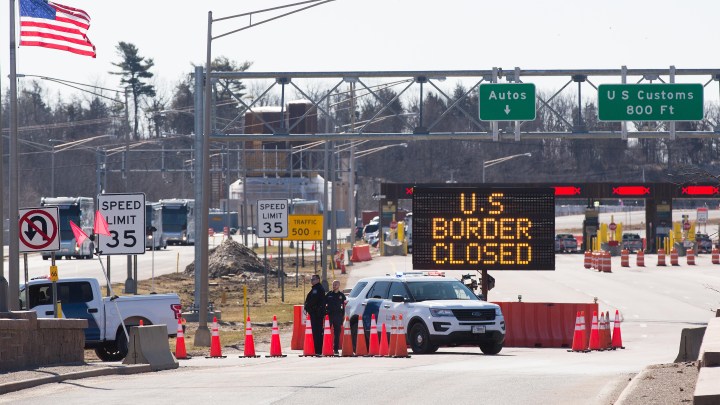
Some communities feel the pinch as U.S. and Canada close border to nonessential travel
Some communities feel the pinch as U.S. and Canada close border to nonessential travel

The U.S. and Canada have closed their border to nonessential travel to limit the spread of COVID-19. That’s hit some border communities hard, especially where people normally cross frequently to shop for groceries and other basic needs.
Changes are already apparent in Canada and some communities in northern U.S. states, where small businesses say they have seen a drop in patrons who cross the border to shop. Normally, some customers cross for convenience because stores on the other side are closer. Others cross to find lower prices.
The travel restrictions were put in place for one month, but Canadian Prime Minister Justin Trudeau said when he announced them that the measures “will last in place as long as we feel that they need to last.”
There’s a lot happening in the world. Through it all, Marketplace is here for you.
You rely on Marketplace to break down the world’s events and tell you how it affects you in a fact-based, approachable way. We rely on your financial support to keep making that possible.
Your donation today powers the independent journalism that you rely on. For just $5/month, you can help sustain Marketplace so we can keep reporting on the things that matter to you.


















